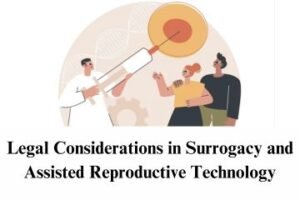Status and Rights of Women in the Post-Independence Era (1947- 2000)
Written by Shivam Roy
Today, in the era of egalitarianism, where men and women are perceived with the same knowledge and share equal values in life, women are still not treated equally, and they are made to compromise their social position and live with their husbands. The concept of anurupa character where men and women of the same age do the same work does not stand well in a patriarchal setup, as in such circumstances also women are not valued equivalently.
The affliction was in various forms such as sexual domination, economic inequality between the spouses hegemony of husband over his wife and domestic violence taboos. Women are always regarded as lesser than men and remain a paradox in society. In the ancient period, women did not possess any rights over the resources around them, like physical or economic resources. Women always remained under the rheostat of men, and hence they became dependent on men for their social as well as economic survival. From the very beginning of human civilization, the nature of the unwritten laws of human society became the male ascendancy over women.
Women – a girl, a sister, a daughter, a mother, a grandmother perform all these relations throughout their lifetime, and they are the key to the constitution of family, which connect society with each other. In the present day, women are given equal rights to men under the Constitution of India; there are specified rights on equal footing with male members. Part – III and Part – IV of the Constitution of India provide rights to both genders in the same way.
The 73rd Amendment ensures one-third of total seats to women in all elected local bodies in both the rural as well as urban areas. Diverse legislative measures have also been taken to uplift the women folk and to secure justice for them. The Indian Penal Code 1860, the Code of Criminal Procedure 1973, and the Maternity Benefit Act 1961 materialize to improve the condition of women.
Today, women participate in social, economic and political fields and have greater freedom than medieval period. After the independence, the status of women got further impetus as the Government made certain policies and laws to increase the opportunities for women. Several commissions were appointed by the Central and State Governments to enhance the condition of women and for the protection of their rights. It is evident from the contemporary scenario that, women participate in Parliament, Vidhansabhas, and Panchayats, and they manage to work in numerous segments both in formal and informal sectors.
Keywords: Status and Rights of Women, Status and Rights of Women in the Post-Independence Era (1947- 2000)




